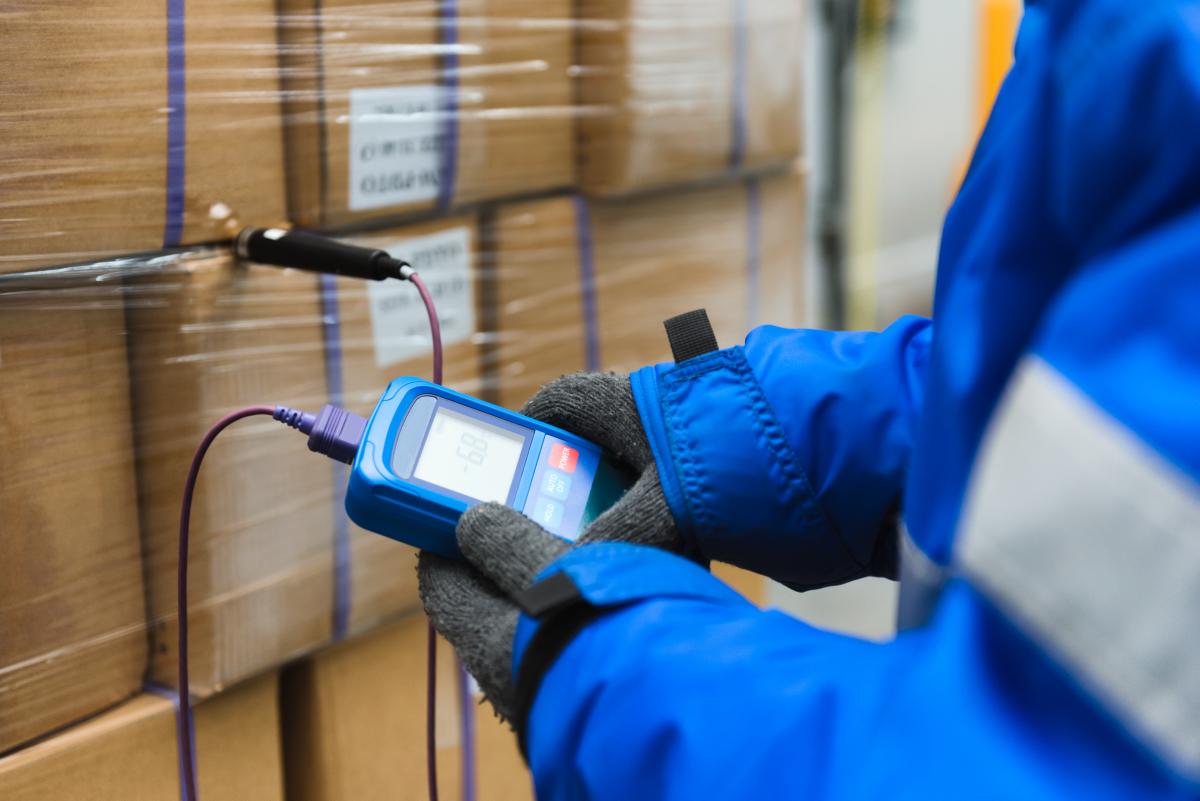By 2050, the human population is projected to hit 10 billion, putting already overstretched resources at risk. To alleviate such concerns, Miguel Campos of food packaging supplier Advanta, explains how cold chain technology will secure the future of food for the expanding population, with particular reference to packaging material choice.
According to World Atlas, more than half of the world’s population is expected to rely on food sourced from other countries by the year 2050. Food security is a major issue for both wealthy and poverty-ridden countries, with demand stemming from the continually rising population. Efforts to combat this concern include boosting agricultural productivity, encouraging local produce consumption and improving food storage methods.
As the world looks ahead to 2050, one of the most efficient solutions is to prioritise cold chain technology as a way of improving food storage methods. Put simply, the world cannot afford to waste food, and must ensure demand can be met in the future. Keeping food cold over long periods of time to reduce bacterial growth is a key preservative method for minimising waste globally.
Cold chain technologies enable sellers to keep food fresh over long transit journeys, or store produce over long periods for out-of-season sales. However, getting a chilled product from the point of manufacture, to the point of consumption thousands of miles away, can be challenging. Any form of divergence away from the acceptable temperature range can deem the food product unsafe, resulting in food waste and lower profit margins for manufacturers. However, this waste is avoidable.
It’s no surprise that many companies are investing into an efficient and effective cold chain. In fact, it was recently reported that food retailer, Aldi, is on the lookout for vacant retail spaces to transform into new cold-storage warehouses. This is just one example of the many businesses looking to strengthen their cold chain.

Any discrepancy from acceptable temperature limits may render a batch of produce unsaleable. (Photo: Advanta)
Developing trends are moving the cold chain away from simple continuous temperature monitoring, to more intelligent tracking of all aspects of the cold chain. Internet of Things (IoT) technologies are being deployed to solve the modern challenges facing the cold chain, using embedded sensors to enable real-time intervention. For example, a hairline fracture in the pipes of a coolant system could be detected well before it turns into a major problem, using sensor technology.
Even with this technology, packaging material can make or break the cold chain, yet packaging is rarely discussed as a crucial cold chain factor. As the food’s first point of contact, proper packaging is essential when attempting to maintain product integrity throughout the cold chain process.
Aluminium for example, can endure a wide range of temperatures, from -40 to 400 degrees Celsius. The material is a far better conductor of heat than plastic or glass, which means the food package can be cooled down quicker. After all, the less time food spends at ambient bacteria-optimal temperatures, the safer the food will be.
Another all-important factor is secondary and tertiary packaging. This plays an important role in ensuring air flow during transit and must be carefully chosen to avoid hot spots of trapped, warm air. For example, storing the products on pallets will keep air moving around the food products, ensuring all products are cooled effectively.
To aid this, aluminium packaging is manufactured in all shapes and sizes, with bespoke options available from aluminium packaging supplier, Advanta. This means the specified geometry can maximise on the number of units transported, while maintaining effective air flow in the storage unit.
When the world’s population reaches 10 billion, it will be even more important to ensure packaging methods match the aims of cold chain and that food isn’t wasted as a result of an ineffective cold chain.
Sneakers













